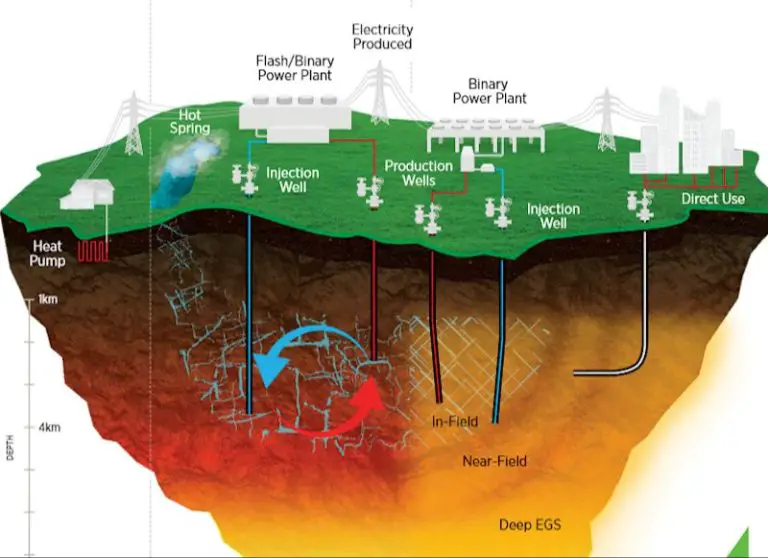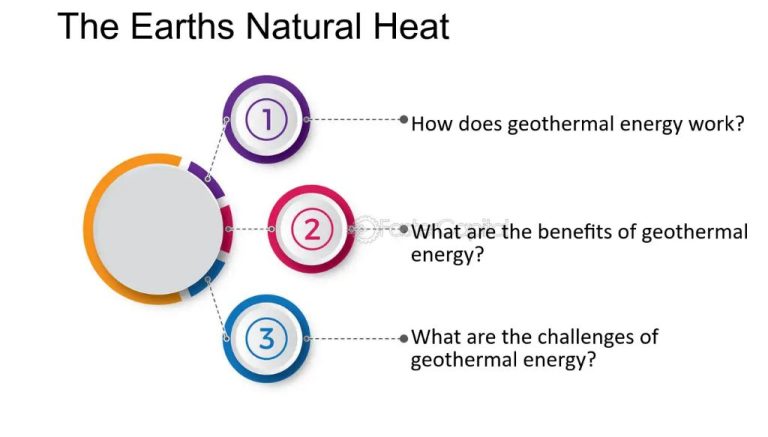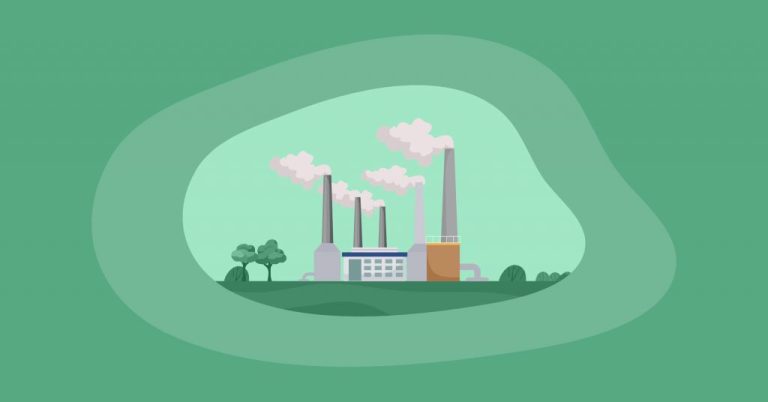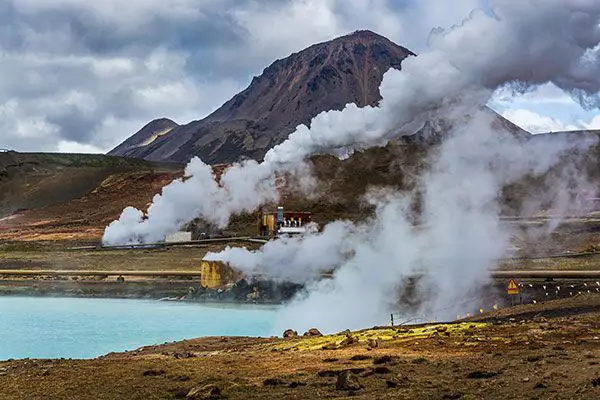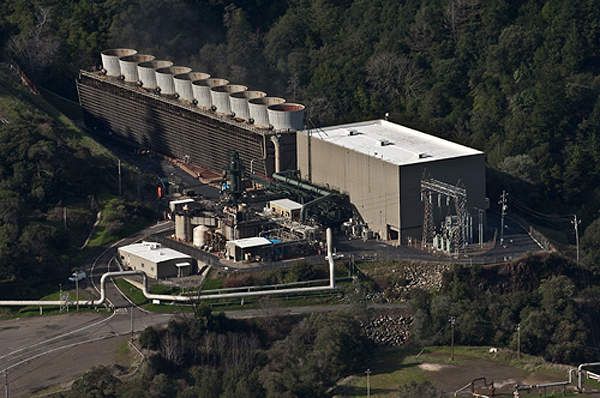Is Renewable Energy Geothermal Reliable?
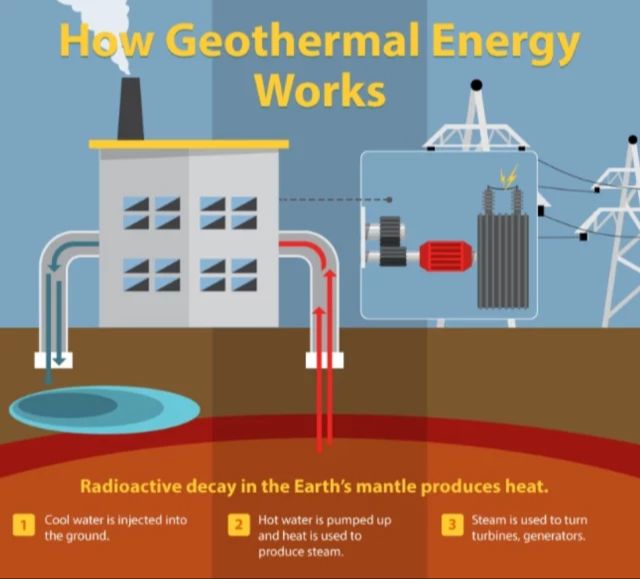
Geothermal energy is a renewable energy source where heat energy is extracted from the Earth’s interior. The word geothermal comes from the Greek words geo, meaning Earth, and therme, meaning heat. [Source: https://www.eia.gov/energyexplained/geothermal/] Geothermal energy originates from the heat within the Earth’s core produced by the slow decay of radioactive particles, as well as heat produced when the planet formed through the gravitational compression of matter. This geothermal energy in the form of hot water or steam can be accessed via geothermal reservoirs found in cracks and porous spaces in the Earth’s crust and can be brought to the surface in the form of hot springs or geysers. Geothermal resources allow us to utilize the Earth’s internal heat as a renewable and sustainable energy source.
Geothermal Energy Sources
Earth’s internal heat provides an important source of geothermal energy. The heat inside the Earth’s core is generated mainly from the decay of radioactive elements like uranium and potassium. Additionally, heat remains from the formation of the planet about 4.5 billion years ago. Estimates for the total internal heat flow from Earth’s interior to the surface range from 43-49 terawatts. The temperature of the inner core can reach over 5000°C, while the outer core is around 4000°C.
The Earth has a layered structure, with the solid inner core at the center surrounded by the liquid outer core, the mantle, and the crust. The decay of radioactive elements occurs mostly in the inner and outer core, which drives convection currents that transfer heat to the mantle. The mantle is partially molten which allows for the convection that ultimately transfers heat to the crust and surface. So Earth’s internal heat budget originates from the radioactive decay in the core and residual heat from the planet’s formation, and is transferred upwards via convection currents.
Sources:
https://www.scientificamerican.com/article/why-is-the-earths-core-so/
https://earthobservatory.sg/earth-science-education/earth-science-faqs/geology-and-tectonics/why-is-the-interior-of-the-earth-hot
Types of Geothermal Power Plants
There are three main types of geothermal power plants: dry steam, flash, and binary cycle. According to the California Energy Commission, they all use steam to turn large turbines that run electrical generators, but they differ in how they utilize the geothermal resources.
Dry steam power plants use geothermal steam reservoirs directly to turn turbines. The first geothermal power plant built in 1904 in Tuscany, Italy was a dry steam plant. This type is suitable where geological conditions allow steam to be tapped and extracted directly from the underground sources.
Flash power plants are the most common and take high-pressure hot water from deep inside the earth and convert it to steam to drive the turbines. When the hot water is pumped to the surface, the drop in pressure causes it to vaporize into steam. Flash plants built today utilize binary cycle technology to increase efficiency.
Binary cycle power plants differ because the water from geothermal reservoirs is passed through a heat exchanger, which heats a separate fluid with a lower boiling point that vaporizes to drive the turbines. The water from the reservoir is then injected back down a well. Binary cycle plants are often used where water temperatures are lower.
Global Capacity and Growth
According to Statista, the installed capacity of geothermal energy worldwide has gradually increased over the last decade. In 2022, global geothermal power generation capacity stood at around 14.9 gigawatts.
The countries with the highest geothermal capacity are the United States, Indonesia, Turkey, New Zealand, and the Philippines. The United States has the most with over 3,600 megawatts of installed capacity as of 2022. Indonesia comes in second with around 2,400 megawatts. Together, the top five countries account for over 80% of global geothermal capacity.
While growth has been steady, geothermal energy still only accounts for a small percentage of renewables-based electricity generation globally. According to IRENA, geothermal makes up just 0.5% of total installed renewable energy capacity for electricity and heating/cooling worldwide. However, the potential for future growth remains significant.
Reliability and Availability
One of the key advantages of geothermal energy is its high capacity factor compared to other renewable energy sources like solar and wind. The capacity factor refers to the actual electrical energy output over a period of time compared to the maximum possible output if the plant was operating at full capacity 100% of the time.
According to a Stanford University study, the average capacity factor for geothermal plants is 74%, compared to 34% for solar PV and 27% for onshore wind power [1]. This means geothermal plants generate nearly twice as much actual electricity compared to solar or wind plants of equivalent installed capacity.
The high capacity factor for geothermal comes from the constant availability of the underground heat source. Unlike wind or sunlight, geothermal energy does not fluctuate based on weather conditions or time of day. Geothermal plants can operate continuously at steady power levels.
The more consistent power output results in greater reliability and availability from geothermal compared to other intermittent renewable sources. This makes geothermal a valuable baseload renewable energy provider.
Location Constraints
Geothermal power plants can only be built in locations with access to geothermal reservoirs that contain hot water or steam. These reservoirs must have high temperatures (at least 150°C), permeable rock, and be relatively close to the surface (1-3 km deep) to be economical for energy production (Geothermal Energy 101). The western United States, Iceland, New Zealand, and parts of Asia and Central America have ideal geothermal resources for power generation.
Traditional hydrothermal plants rely on natural convective flow of hot water and steam, which limits locations to plate boundaries or hot spots. However, enhanced geothermal systems (EGS) can be built almost anywhere by artificially fracturing hot dry rock and injecting water to create a geothermal reservoir. While EGS expands potential locations, it is not yet cost competitive with hydrothermal (Geothermal is geographically constrained).
Environmental Impact
The environmental impact of geothermal energy use is complex and still being studied. However, research indicates some key potential effects of large-scale geothermal energy projects:
According to the U.S. Energy Information Agency, geothermal plants emit much lower levels of carbon dioxide than plants that burn fossil fuels. However, geothermal reservoirs contain naturally occurring trace amounts of gases, including carbon dioxide, hydrogen sulfide, methane, ammonia, and others. These can be released into the atmosphere if not properly controlled and monitored.
Geothermal plants use steam or hot water from underground reservoirs to power turbines and generate electricity, so high water usage can impact surrounding ecosystems. Proper fluid injection techniques can reduce subsurface depletion.
The Union of Concerned Scientists reports that with modern monitoring, risks of earthquakes induced by geothermal projects can be minimized. Natural earthquakes unrelated to geothermal plants also remain a possibility in certain areas.
While requiring relatively little land compared to other renewables, geothermal plants still have above-ground infrastructure that can impact habitats and land use. Proper siting and mitigation can reduce this impact.
Economic Viability
Geothermal power is cost competitive with conventional power generation sources like coal and natural gas when considering the levelized cost of energy (LCOE). According to the EIA, geothermal LCOE ranges from $36-111 per MWh, compared to $68-166 for coal and $115-221 for natural gas peaker plants. Geothermal benefits from no fuel costs and relatively low operation and maintenance costs, offsetting the high upfront capital investment required.
The LCOE for geothermal is also comparable to other renewable sources like onshore wind ($28-62/MWh) and utility-scale solar ($32-42/MWh). Geothermal’s ability to provide consistent baseline power gives it an advantage over intermittent wind and solar in terms of reliability. While geothermal has a higher upfront cost, the long-term returns and continuous operation make it an economically viable renewable energy source.
Future Outlook
The future outlook for geothermal energy is promising, with projections for significant growth and vast untapped potential. According to the U.S. Department of Energy, geothermal power generation could increase more than 26-fold by 2050, reaching 60 gigawatts of installed capacity and meeting around 3.5% of U.S. electricity demand.[1] Globally, the International Energy Agency predicts geothermal capacity could grow 2.5 times by 2040 under current policies, and up to 4 times in a scenario aligned with Paris climate goals.[2]
Geothermal resources have barely been tapped so far. The MIT Future of Geothermal Energy study estimates over 200 zettajoules of heat energy exist below ground in the U.S. alone, representing a 30,000 year energy supply at current rates.[3] Enhanced geothermal systems, which inject water into hot dry rock reservoirs, could unlock even more potential. With continued technology improvements and declining drilling costs, geothermal appears well-positioned as a stable, renewable baseload resource to meet rising electricity demand.
[1] https://www.energy.gov/eere/geothermal/geothermal-exploration-and-development-future-outlook
[2] https://www.iea.org/reports/geothermal
[3] https://geothermal.mit.edu/futureofgeothermalenergyreport.pdf
Conclusion
In summary, geothermal is actually a highly reliable and viable source of renewable energy. While availability is limited globally by geographic location near tectonic plate boundaries, countries with substantial geothermal resources like Iceland, New Zealand, and parts of the western United States, can tap into extremely stable and consistent geothermal plants that operate with capacity factors of 90-95%. This makes geothermal the most reliable renewable energy beside hydroelectric.
With continuing technological improvements, geothermal is also becoming more economically competitive, especially compared to fossil fuels that experience significant price volatility. The main downsides are high upfront investment costs for drilling and confirming wells, plus site-specific environmental impacts like subsidence and emissions that require careful management. However, with its constant availability, zero fuel costs, and low lifecycle carbon footprint, geothermal has proven itself as a vital part of the global renewable energy mix now and for decades to come.

